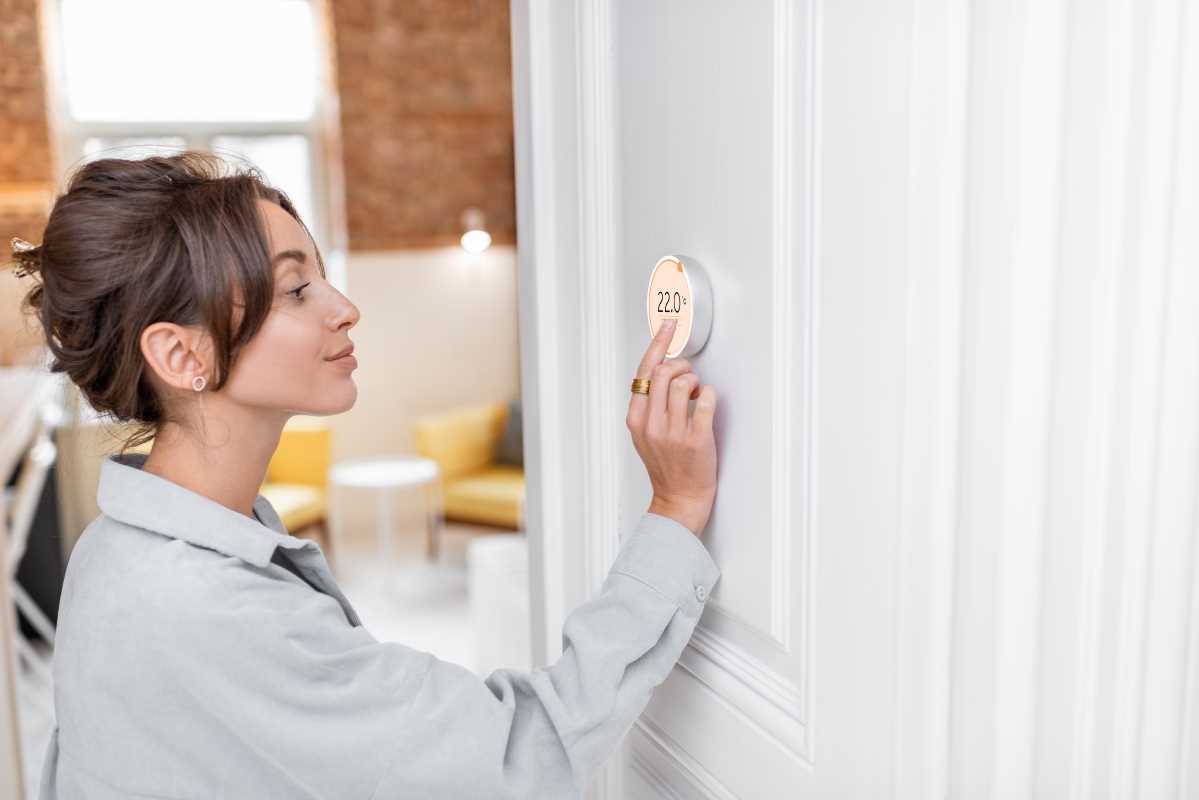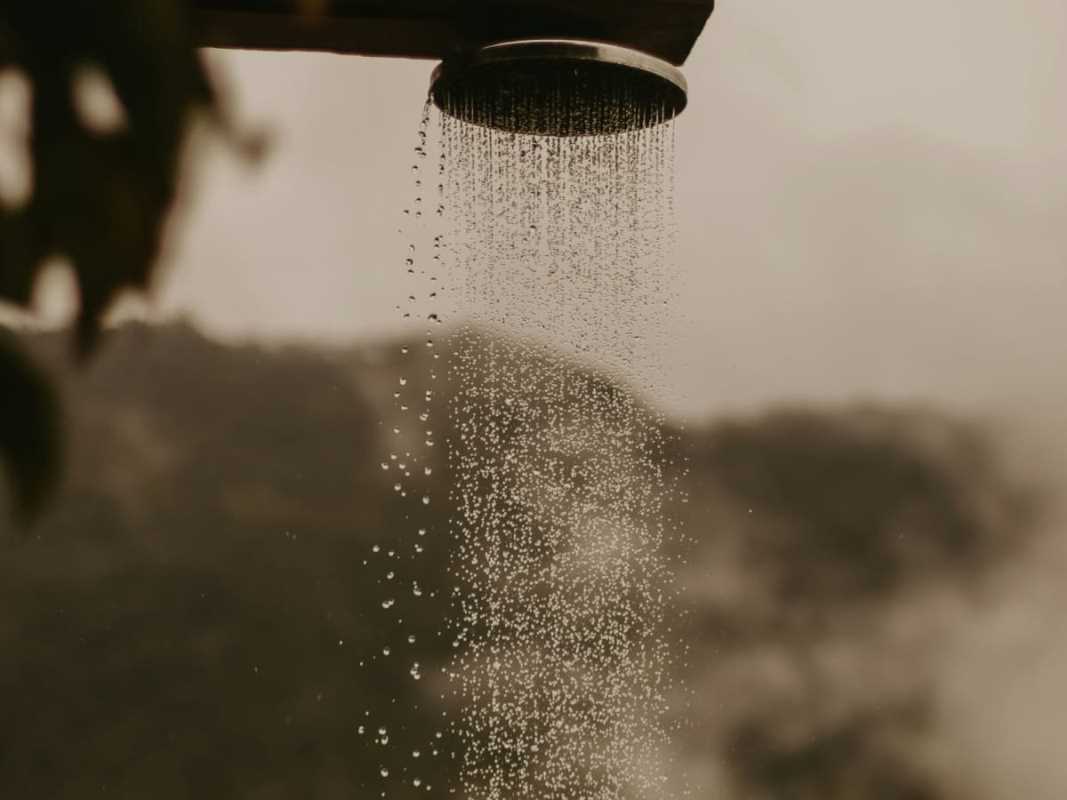Dealing with leaks in your home is like finding a hole in your favorite sweater. It’s frustrating, unexpected, and often gets worse the longer you ignore it. While traditional methods of spotting leaks relied on dripping sounds or wet patches, today’s homeowners can arm themselves with digital leak detectors. These gadgets are designed to identify leaks early, saving you money, water, and unnecessary headaches. But, like any tech solution, they come with trade-offs. Below, we explore the upsides and downsides of using digital leak detectors in your home.
Boosting Accuracy and Peace of Mind
One of the standout perks of digital leak detectors is their accuracy. Unlike the old method of waiting for water spots to show on your ceiling, these devices monitor every twist and turn of your plumbing. Many models can detect even the smallest pinhole leaks or sharp changes in water pressure, alerting you before the situation gets messy.
This precision is particularly valuable in preventing major damage. Catching leaks early means you’re less likely to face warped floorboards, mold colonies, or the dreaded expense of structural repairs. For instance, a detector placed under your kitchen sink might notify you about a small pipe drip long before it becomes a full-blown flood.
Another dimension of accuracy comes through their ability to identify invisible leaks. Digital products often use sensors or smart meters to measure abnormalities in water flow that the human eye can’t spot. Think of them as the Sherlock Holmes of plumbing, solving mysteries in your home’s pipes.
However, even the most high-tech devices aren't infallible. False alarms can occur when environmental factors, like condensation or humidity changes, trigger the detector. Over time, these misfires could lead to frustration or even cause you to ignore genuine alerts.
Still, there’s something undeniably reassuring about having a silent sentry working 24/7 to keep your pipes in check. That level of monitoring offers homeowners peace of mind that’s hard to replicate with just a sharp eye and a set of paper towels.
The Pinnacle of Convenience
There’s no denying that digital leak detectors bring unparalleled convenience to the table. Many models allow for app integration, so you can monitor your home’s plumbing health from anywhere. Picture this: you’re on vacation, lounging at the beach, when suddenly an alert pings your phone, warning you of a potential pipe issue back home. That’s the kind of foresight these devices offer.
Beyond remote tracking, some detectors don’t just warn you about the problem but actively work to prevent it from escalating. There are advanced models that automatically shut off the house’s water supply when they detect major leaks. It’s like they’re saying, “Don’t worry, I got this,” before you even have a chance to panic.
Convenience also extends to their simplicity. Many devices are plug-and-play, perfect for DIY enthusiasts. You can place them under sinks, near water heaters, or next to washing machines, and you’re good to go. This ease of use makes them accessible even for less tech-savvy homeowners.
Yet convenience has its boundaries. Not all leak detectors are equally user-friendly. Some require professional installation or the integration of additional systems like smart hubs. Depending on how much effort you want to invest, this could either enhance or complicate your overall experience.
For a busy homeowner juggling work, kids, and endless tasks, the convenience of these detectors can be a life-saver. Still, tech-based solutions always come with a learning curve, and some genuinely require patience or backup knowledge to operate efficiently.
The Cost of Safety
When it comes to price, digital leak detectors can be a double-edged sword. Basic models are relatively affordable, making them an appealing option for budget-conscious families. However, more sophisticated systems with advanced features like automatic water shut-off can be a pricier investment.
It’s worth noting that while the upfront cost might seem steep, these devices often pay for themselves in savings. Preventing a significant leak or burst pipe can save thousands of dollars in cleanup, repair work, and water bills. Over the course of a year or two, the financial benefits become clear.
Then there’s the question of longevity. High-quality detectors are built to last and can serve you for years to come, but cheaper models might need frequent recalibration or replacement. Maintenance and occasional upgrades should also factor into your overall cost assessment.
It’s important to remember that different homeowners have different needs. If you live in a newer home with flawless plumbing, a sophisticated detector may not be essential. But for older properties or areas prone to severe winters and burst pipes, investing in a reliable system might make all the sense in the world.
Ultimately, while the cost may give you pause upfront, it’s worth balancing it against the potential expense of ignoring a serious leak. Remember, the cheapest option might not necessarily offer the protection you need.
Maintenance Matters
Like all high-tech gadgets, digital leak detectors come with their share of maintenance needs. Battery-powered models need consistent monitoring to ensure their power levels don’t dip when you need them most. Wi-Fi-enabled detectors must stay online, so your alerts come through without fail.
Routine testing is another requirement. You don’t want to discover your device failed when it’s too late. Just as you’d check smoke detectors, periodic testing of leak sensors ensures everything is functioning as advertised.
For systems with app connectivity or smart home integration, software updates are par for the course. Manufacturers often release updates to improve device reliability, fix bugs, or enhance accuracy. While updates are generally beneficial, they can also disrupt functionality if installed incorrectly.
On the positive side, modern detectors are designed to be low-maintenance overall. Many come with self-diagnosis features that notify you of errors or calibrations needed. Some even include multi-year power sources to minimize battery changes.
While maintenance shouldn’t deter you from investing, it’s vital to stay committed to keeping your leak detectors reliable. After all, no gadget works perfectly forever without a little care and attention along the way.
Integrating with Smart Home Systems
Digital leak detectors are often designed with today’s connected homes in mind. They sync with hubs and systems like Alexa, Google Assistant, or dedicated smart home platforms to give you full control and visibility over your plumbing situation.
Beyond integration, smart detectors offer customizations that fit into any lifestyle. You can adjust sensitivity settings, receive mobile updates, and even get guidance on where issues are originating. With some systems, it’s like having a plumbing whisperer living inside your phone.
Of course, for those unfamiliar with smart home technology, setup can feel daunting. Pairing devices, troubleshooting connectivity issues, and downloading yet another app may not appeal to everyone. This is especially true if your household doesn’t rely on voice assistants or has weak Wi-Fi coverage in plumbing hotspots like the basement.
For seasoned tech users, integration is more of a bonus than a hassle. It allows them to unify their home monitoring systems and chart a clear overview of what’s happening behind the walls. From water usage trends to instant shut-off commands, the possibilities are vast.
Whether you find integration exciting or intimidating largely depends on your comfort level with smart home tools. It can be a game-changer for the tech-savvy, while others may feel just fine sticking with standalone detectors.
Weighing the Pros and Cons
At their core, digital leak detectors offer a modern, proactive way to tackle one of the oldest household headaches. But, like any tool, they come with both remarkable advantages and certain pitfalls to consider.
Some of the standout pros and cons include:
Benefits:
- Quickly detects leaks, saving water and preventing costly damage
- Provides peace of mind through real-time monitoring and instant alerts
- Reduces water bills over time by pinpointing inefficiencies
- Integrates with smart home systems and apps for seamless control
- Offers preventative measures like auto shut-off in emergencies
Drawbacks:
- Initial cost can be prohibitive, especially for advanced systems
- Susceptible to false alarms or external factors like humidity
- Maintenance required, including battery changes and regular testing
- Smart home integration may feel overwhelming for newer users
- Entry-level models lack certain protective features
For many homeowners, the pros far outweigh the cons, especially if they’re eager to stay ahead of potential disasters. Whether you’re in an older home prone to pipe leaks or simply like having control over every detail of your space, a digital leak detector could be your next smart upgrade. Yet, for those reluctant to deal with added tech complexity, carefully weighing the alternatives can lead to the right decision.
Ultimately, digital leak detectors represent a step forward in how we care for our homes. While they might not make plumbing problems vanish entirely, they undoubtedly make them easier to tackle.
 (Image via
(Image via





